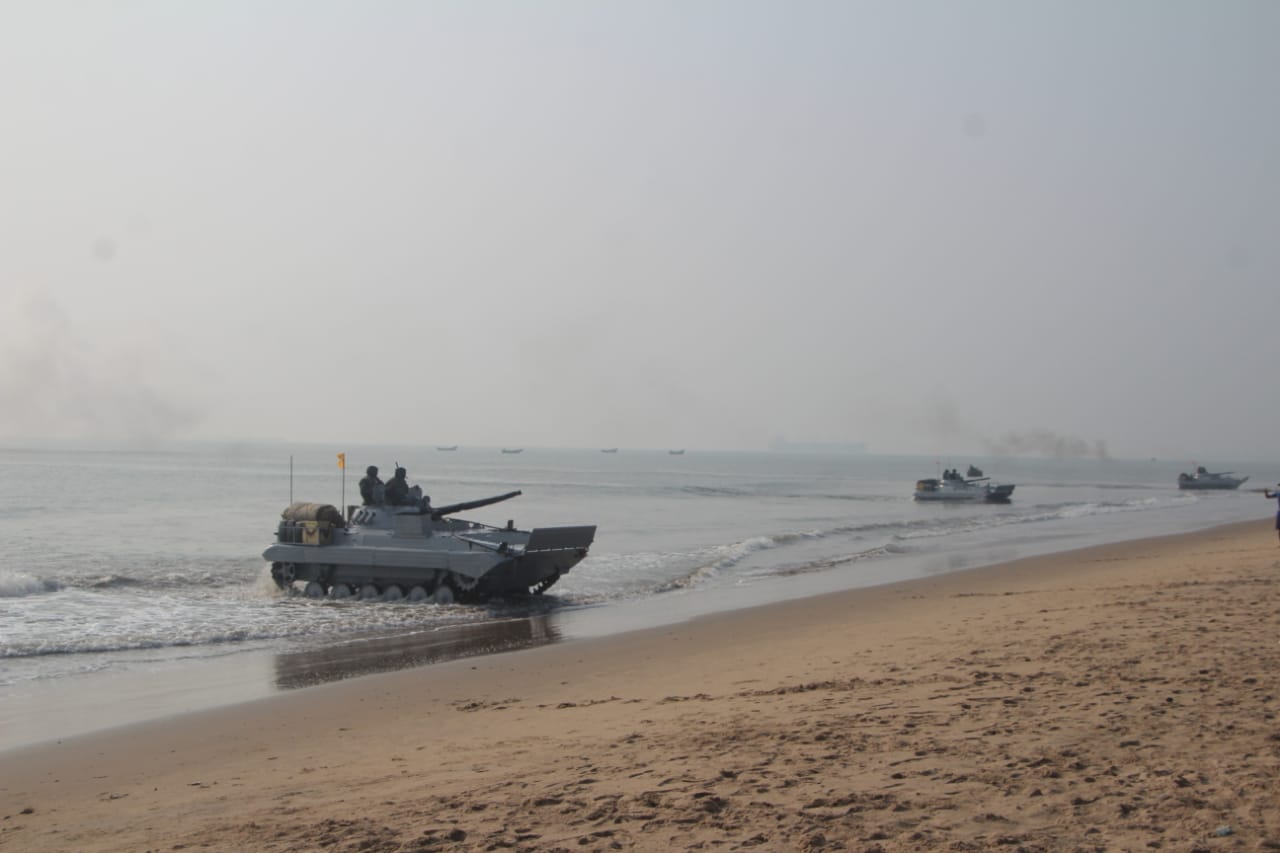Context
Fact Sheet: U.S.-India Defense Relationship
The United States is committed to a long-term strategic partnership with India. We respect India as a regional and emerging global power as well as a provider of regional security. We see a growing convergence with India on our strategic outlook for the Asia-Pacific region and India’s role in shaping the Asian landscape. The past decade has been particularly transformative in the bilateral relationship, culminating in President Obama’s successful January trip to New Delhi as the Chief Guest for India’s 66th Republic Day celebrations. The president’s visit resulted in several key defense outcomes, including finalizing the 2015 Framework for the U.S.-India Defense Relationship. This Framework provides our two nations with guiding principles for defense engagement for the coming decade, including our military exchanges and exercises, a promising outlook on defense trade, and increasingly close consultations on regional security issues and maritime security.
U.S.-India Defense Relationship: Recent Milestones
2005
The United States and India sign the New Framework for the India-U.S. Defense Relationship, ushering in a decade of tremendous growth in the defense relationship and setting the U.S. and India on a path to increasingly broad, complex and strategic cooperation.
2012
Secretary Panetta appoints then Deputy Secretary of Defense Carter to lead a bold, new initiative now known as the Defense Technology and Trade Initiative (DTTI). DTTI, launched in 2012, is an unprecedented joint endeavor that brings sustained leadership focus to the bilateral defense trade relationship, creates opportunities for U.S.-India co-production and co- development, and fosters more sophisticated science and technology cooperation, all while ensuring that bureaucratic processes and procedures do not stand in the way of the progress.
2014
President Obama and former Prime Minister Singh endorse the India-U.S. Declaration on Defense Cooperation, a document that reflects the United States' and India's commitment to a long-term strategic partnership, through which our countries cooperate to increase the security and prosperity of our citizens and the global community.
2015
President Obama travels to India as Chief Guest for India's 66th Republic Day Celebrations. The visit results in key several defense outcomes, including:
o The completion of the 2015 Framework for the U.S.-India Defense Relationship, which will guide and expand our nations' bilateral defense and strategic partnership over the next 10 years;
o Agreement to pursue four pathfinder projects under the DTTI as well as cooperation on Aircraft Carriers and Jet Engine Technology; and
o Joint Strategic Vision for the Asia-Pacific and Indian Ocean Region, which affirms the shared vision for promising prosperity and stability in the region.
Key Partnership Activities
Defense Technology and Trade Initiative (DTTI)
The DTTI seeks to deepen defense cooperation between India and the United States by elevating dialogue on cooperative research & development and defense trade to the highest levels of government.
As a key outcome from President Obama's January visit to India, the United States and India decided to pursue four pathfinder DTTI projects for possible co-development and/or co-production, as well as cooperation on aircraft carriers and jet engine technology. Since that time, the United States and India have reached agreement to implement two government-to-government DTTI projects: Mobile Electric Hybrid Power sources and Next Generation Protective Ensembles for chem-bio protection.
Maritime Security
As strategic interests continue to converge in the Indian Ocean and Asia- Pacific regions, both President Obama and Prime Minister Modi have highlighted maritime security as a key area of cooperation.
Naval engagements, such as the bilateral MALABAR exercise, improve the cooperation of U.S. and Indian maritime forces and contribute to both sides' ability to counter threats at sea, from piracy to violent extremism. These engagements also present opportunities to engage with other partners.
Knowledge Partnership in Defense Studies
During President Obama's January trip to India, the president and Prime Minister Modi launched the U.S.-India Knowledge Partnership in Defense Studies. The leaders welcomed the initiative as a new area of defense cooperation that will serve to expand our bilateral defense relationship, build greater linkages in the field of professional military education, and strengthen our people-to-people ties.
Building linkages in professional military education is a strategic priority recognized in the 2015 Framework for the U.S.-India Defense Relationship.










